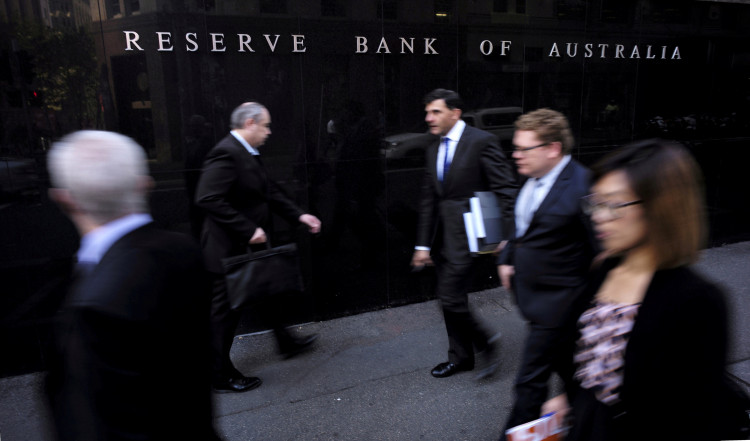Analysts forecast Australia's economy to grow steadily over the next couple of years particularly on the country's booming infrastructure spending coupled with its strong resource exports to its primary trading partner, China. This is despite the fact that the global trade tensions continue to unravel and the nation's falling house prices have become even more apparent.
Citing the latest economic poll by Reuters Oct. 3 - 10 predicts that Australia's already ballooning annual gross domestic product (GDP) of AUD$1.85 trillion, which is roughly $1.3 trillion in USD, and up by 2.9 percent from the initial July poll, will reportedly continue to expand by at least 3 percent before 2018 ends.
This promising economic growth registered by Canberra is a direct implication that the unified efforts between consumers, exporters, and even the government, have succeeded in lifting the country's annual growth to a six-year high of 3.4 percent.
According to the publication, population growth of 1.5 percent per year, which comes as twice in volume as compared to another rich-world average, has helped in further expanding the country's economy by driving the government to spend on more infrastructures.
For 2019 alone, analysts are banking on a 2.8 percent growth figure and a tad lower, 2.7 percent, for the year 2020. If everything goes according to plan, this forecasted outcome would take Australia's impressive streak to 29 years, without undergoing a single instance of a technical recession.
Beijing's Role in Canberra's Economic Boom
As reiterated by the news agency, much of everything that is happening in Australia's economy has something to do with Canberra's dependence on Beijing.
China, despite its continuing efforts to contain the effects of the trade conflict with the United States that was instigated by the Trump administration in the first place, has managed to help nurture other economies in the region, particularly Australia.
As indicated in the website for Australian Embassy in China, the Asian powerhouse is the biggest trading partner of the Land Down Under.
This is entirely due to China's increasingly strong demand for resources like iron ore, coal, and liquefied natural gas (LNG), just to mention a few.
In fact, as stated by the site, the majority of Australian mining companies have always been relying heavily on the world's second-largest economy along with other countries like India, for instance.
The statistics further indicated that Australia's coal exports, in particular, has increased by 1,000 percent last year. Iron ore closely followed after. Wool, meanwhile, is the country's largest agricultural export product to China.






